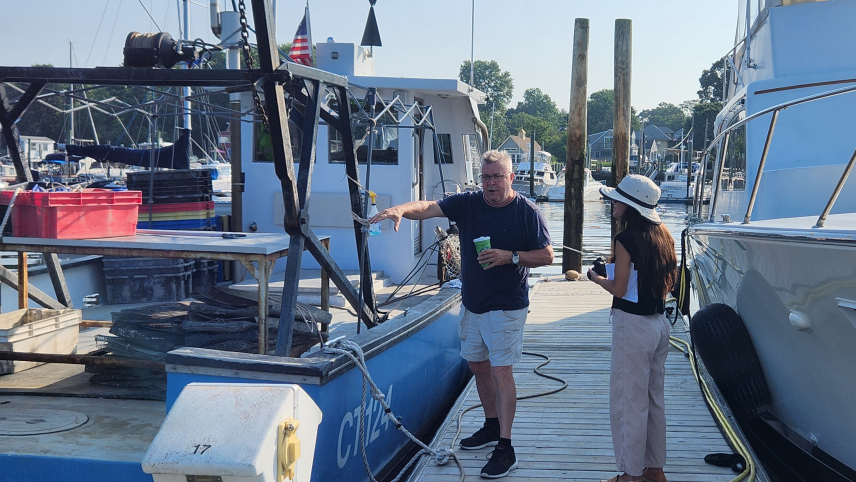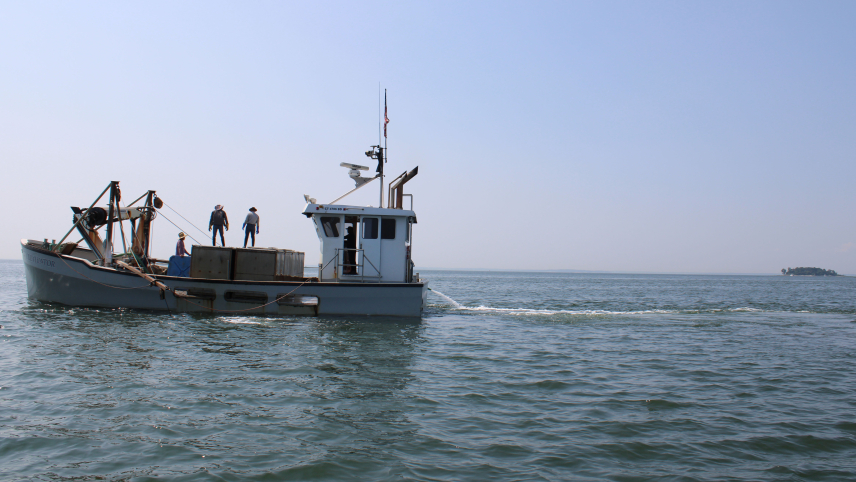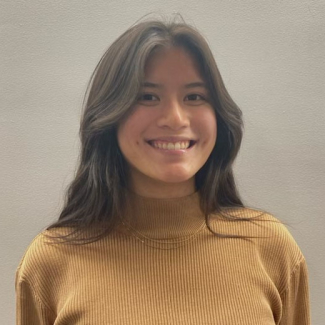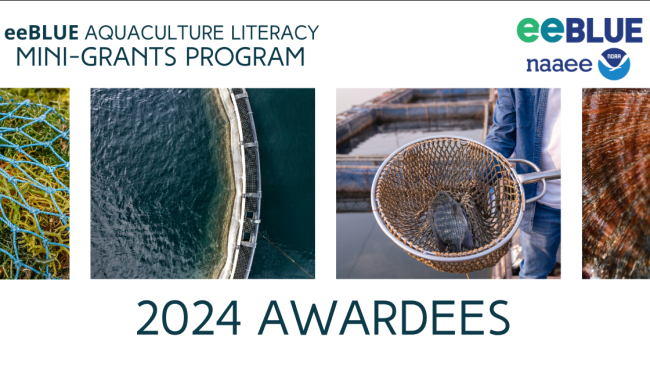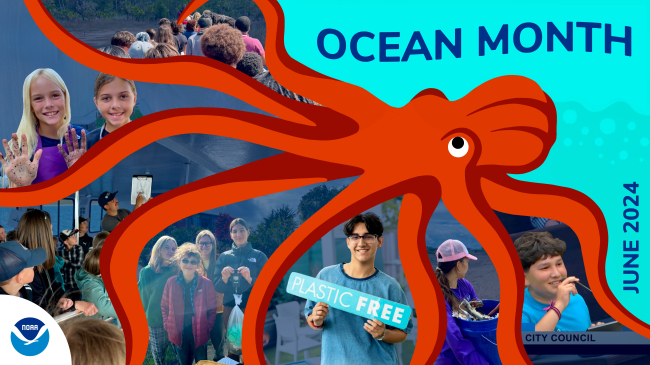My name is Grace Cajski, and I’m a 2022-2024 Hollings scholar. I’m interested in how coastal communities are feeding themselves in a changing world. This summer, I joined the Milford Laboratory GoPro team in their project to understand the potential ecological benefits of aquaculture gear, specifically oyster cages. My project had two components: I analyzed scup behavior on sparse and dense oyster farms in comparison with natural rock reefs, and I interviewed and profiled the shellfish growers that supported the GoPro team throughout the project. In this blog post, I'll take you through some pictures I took during my visits with the shellfish growers, and reflect on what I learned from them.

An official website of the United States government
Here’s how you know
Official websites use .gov
A .gov website belongs to an official government organization in the United States.
Secure .gov websites use HTTPS
A lock () or https:// means you’ve safely connected to the .gov website. Share sensitive information only on official, secure websites.


